Chinese Lacquerware: A Concise Guide
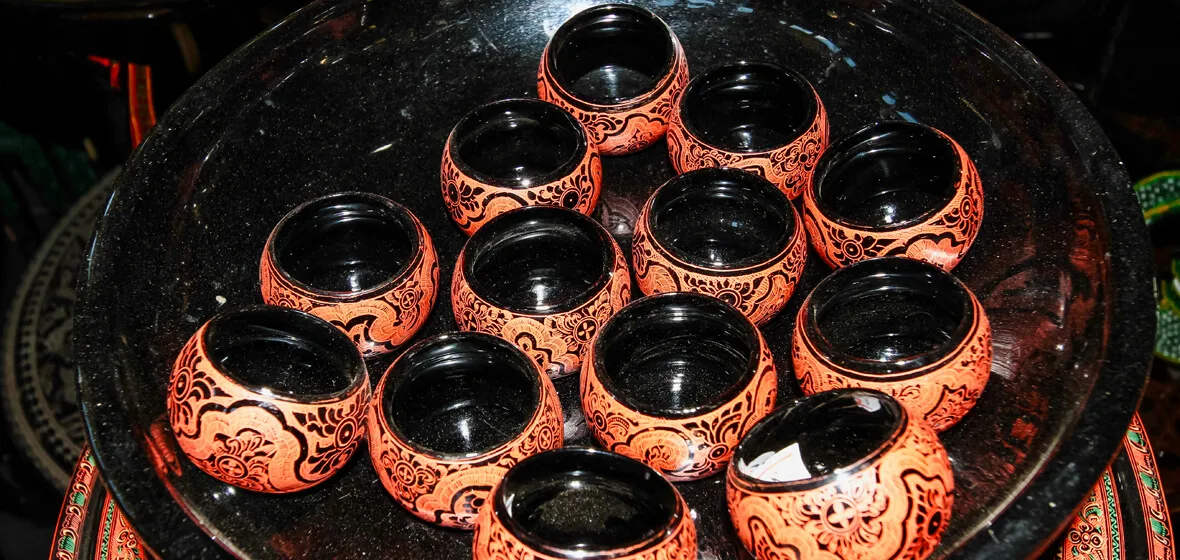
Lacquerware originated from China. Along with porcelain and silk, it represents one of China’s greatest cultural achievements. The varied and extensive Chinese lacquerware history can be evidenced by some of the earliest examples found at the Jingtoushan site in eastern China’s Zhejiang Province. Dating back about 8,000 years, the two lacquered items excavated at the site were quite simple in design. One was a rounded stick with somewhat crudely sharpened ends. The other was a wedge-shaped object with two ridges carved into it at the top. As we can see from those early examples, lacquering was not initially used for decoration, but for protection. It was not until the Warring States period (475–221 BCE) that lacquerware with elaborate decoration requiring labor-intensive manufacturing processes made its first appearance.
Chinese Lacquerware introduces one of the most enduring and unique forms of craftsmanship in the world. The Chinese brought the lacquerware technique to many other parts of Asia, in particular Japan and Vietnam. Each country has developed its own lacquerware techniques, colors, and shapes.
What is Chinese Lacquerware?
The term lacquer refers to hard, often shiny finishes that are applied to a variety of materials, especially wood. It was made from the toxic sap of the tree Rhus vernicefera (Toxicodendron vernicifluum), which is native to eastern and southern China and is sometimes referred to as the 'Lacquer Tree'. Lacquer is unaffected by most acids and alkalis, most organic solvents and water and it is immune to insect attack. It was used to color and beautify screens, furniture, bowls, cups, sculpture, musical instruments, and coffins, where it could be carved, incised, and inlaid to show off scenes from nature, mythology, and literature.
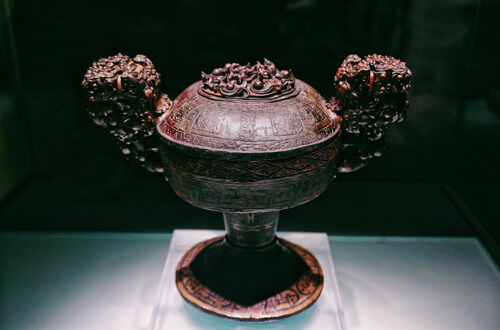
Lacquer as an art form developed in China along two distinct paths—pictorial (or surface) decoration, and carving of the lacquer. Rarely are the two techniques used in combination. The Chinese also started using surface decorations such as inlays with their lacquerware. The greatest achievement of Chinese lacquer art is carved lacquer: here, the lacquered piece is finished to exquisite perfection by applying multiple layers of lacquer coating, which are then sculpted with inscribing knives to produce a modeled quality. The carving of lacquerware is a uniquely Chinese achievement in the look and way it is produced and is also, in a way, lacquer art in its purest form. This technique was believed to have been invented in the Han Dynasty (206 BCE–220 CE). But one of Confucius’s disciples was called Qidiao Kai, and Qidiao means “Carved lacquer”. It was common for people to adopt their job description as their family name. That means it is possible that the skill of carving of lacquerware was invented before the 6th century BCE. This technique flourished in the 11th to 15th centuries.
What Are the General Procedures of Chinese Lacquerware Making?
Making Chinese lacquerware is time-consuming. The traditional craft requires dozens of procedures. It's a very slow process. Each coating must be dried in a warm temperature and high humidity. Only after the stages of polishing, painting, molding, inlaying, carving, and burnishing with gold and silver, does it become "lacquerware". The coating serves as both protection and decoration.
The general procedures of Chinese Lacquerware Making are:
- Harvesting lacquer resin. Lacquer resin is a greyish-white, milky sap. It rapidly changes colour on exposure to the air, turning dark brown, and then begins to harden slowly.
- Filtering lacquer resin by squeezing. Before it can be applied, raw lacquer is carefully filtered through ramie or hemp fabric. Excessive moisture is evaporated by gentle heating and continuous stirring, which also homogenizes the final product.
- Drying and stirring raw lacquer to ripen it. Lacquer can then be applied with spatulas and brushes in very thin coats to produce a transparent varnish. Or it can be used with different pigments to create a variety of colours; for example, black was made by adding carbon, yellow by adding ochre, and a brilliant red was achieved by mixing in mercuric sulfide (aka cinnabar). These were the three most popular colours in ancient Chinese lacquer painting.
- Preparing cores or bodies: filling cracks in the wood with strips of paper or gauze.
- Polishing wooden cores with stones prior to lacquering.
- Apply lacquer to the wooden cores, then polish. Then it will be allowed to dry in the dark until hard, at which point another layer is applied, followed by another and then another. The craftsmen need to repeat this process up to 100 times. It may take up to 6 months or more time to finish a piece of lacquerware.
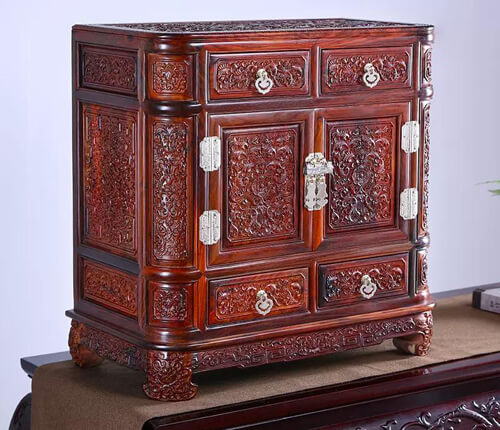
Types of Chinese Lacquerware
Chinese lacquerware covers a wide range of fine and decorative arts made of wood, basketry, metal, leather and more. Types of lacquerware include decorative pottery, dinnerware and tea sets, vases, musical instruments, and pieces of furniture.
Musical instruments were lacquered both to protect them and to add decoration. Small items of furniture such as low tables were frequently lacquered and carved with decorative designs.
Techniques in Chinese Lacquerware
To create beautiful lacquerware, generations of craftsmen developed different kinds of techniques. It takes years for craftsman to master these techniques.
The main techniques are:
Dianluo:
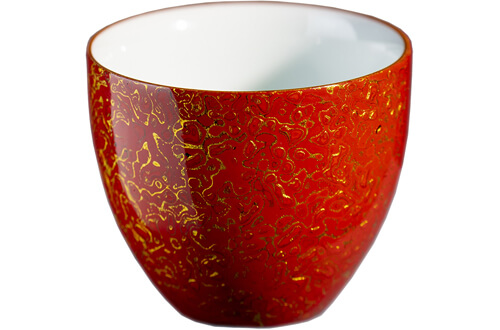
In this technique, the surface of an item is painted black as the base colour and it is then decorated with shell and with gold and silver pieces. This process was introduced during the Yuan dynasty and became popular during the Ming.
Diaoqi: or carved lacquer
This technique of decoration involves carving built-up layers of thinly applied coats of lacquer into a three-dimensional design.
Qiangjin: or engraved gold
This refers to the use of needles or knives to carve a thin wire groove on the surface of vermilion or black lacquer, and then pasting gold leaf into the wire groove, and then finely grinding to form a gold thread ornament.
Tianqi: or filled-in
That is, after the pattern is engraved on the surface of the lacquerware, the pattern is filled with different colors of paint, and the surface is smoothed after drying.
Moxian: or polish-revea
It is a variety of “filled-in” lacquer decoration. Thick lacquer is applied repeatedly in certain areas to build up a design; then the ground is filled with lacquer of a different color and the entire surface is polished down to reveal the color variations. Miaojin : In the miaojin technique, craftsmen first use golden lacquer to depict the pattern on the lacquer base, and then stick gold foils or gold dust to it while it is not completely dry.
Where to See and Shop Lacquerware in China?
You can find lacquerware in the main museums in China. The Palace Museum in Beijing houses more than 18,000 pieces of lacquerware. If you want to see Lacquerware from the Han Dynasty, you can go to the Hunan Museum in Changsha. Some 700 pieces of lacquerware excavated from Mawangdui are housed there.
The following places are recommended if you want to learn more or shop for lacquerware:
Beijing Gold Lacquer Inlay Art Museum
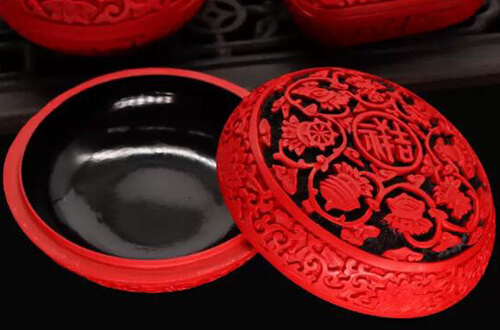
Jinqi inlay lacquer decoration technique is widely known as one of the "Yanjing Bajue", the eight outstanding imperial handicrafts of Beijing. A decorative technique in which an adhesive of lacquer is applied to fine lines incised on the lacquer surface, and gold foil or powdered gold is pressed into the grooves. It was listed as an Intangible Cultural Heritage in China in 2008. Beijing Gold Lacquer Inlay Art Museum was established to showcase and promote the inlay lacquer decoration technique.
Pingyao Lacquerware
Located in central Shanxi Province in northern China, Pingyao is famous for the ancient city there. Besides the ancient city, Pingyao lacquerware is also very famous. Pingyao lacquer art is mostly known for its jade-like luster that comes from repeated hand polishing. You can find many shops in the ancient city that sell lacquerware furniture, folding screens, and tableware.
Chengdu Lacquerware
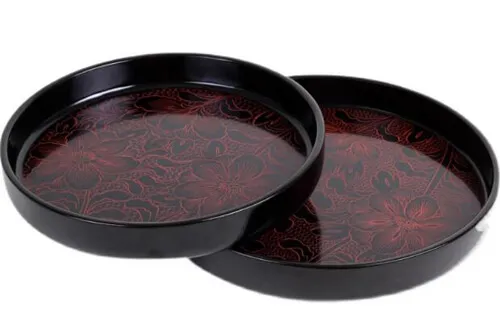
Chengdu is one of the birthplaces of Chinese lacquer art. It was during the Han Dynasty (206 BCE- 220 CE) that Chengdu became an important production area for lacquerware. Chengdu lacquerware requires about a hundred processes including lacquer kneading, lacquer painting, decoration, and polishing. It was included in the first listing of national Intangible Cultural Heritage in 2006. Chengdu Lacquerware Factory was founded in 1954. It is an ideal place for you if you want to learn more about lacquer art. You can even learn to make a lacquer trinket under the guidance of a master
Fuzhou Lacquerware
Fuzhou bodiless lacquerware is one of three craftsmanship treasures in China, with the other two being Jingdezhen porcelain and Beijing cloisonné enamelware. Today, Fuzhou is also recognized as the birthplace of contemporary lacquer art in China. In 2006, Fuzhou's bodiless lacquerware painting technology was included in the first batch of national Intangible Cultural Heritage list. Fuzhou Shen Shao'an Lacquerware Museum was opened in 2020 to preserve the techniques of Fuzhou bodiless lacquerware, which was invented by Shen Shao'an in the Qing Dynasty (1644-1911).
Dafang Lacquerware
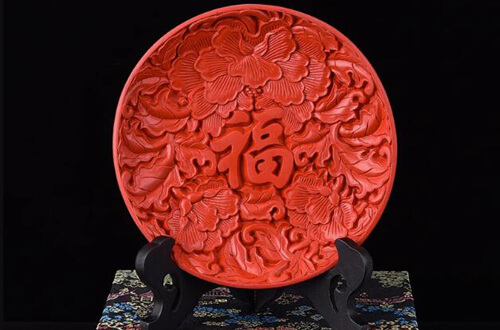
Dubbed the world’s largest azalea forest, Baili Azalea Forest Park (or Hundred-mile Azalea Forest Park) in Dafang attracts millions of visitors each year. But the Dafang lacquer art is also very famous. The art is a national-level Intangible Cultural Heritage of the Yi ethnic group with a history of over 600 years. The Dafang lacquerware is traditionally molded on a base of horse or buffalo hide that is shaped after being soaked in water and then dried over a fire. To produce each piece of lacquerware is time-consuming and requires great skill as there are many different processes and difficult techniques involved.
Yangzhou Lacquerware
Yangzhou Lacquerware has a long history of over 2,000 years. During the Tang dynasty (618-907 CE), Yangzhou lacquerware was in high demand, both as an imperial tribute and as an export. Tens of thousands of lacquerware art pieces discovered during the excavation of Han dynasty (206 BCE- 220 CE) tombs can be seen in the Yangzhou Museum today. Founded in 1955, Yangzhou Lacquerware Factory is a key enterprise among the national lacquerware industry. You can visit the factory and learn to make a lacquerware yourself.

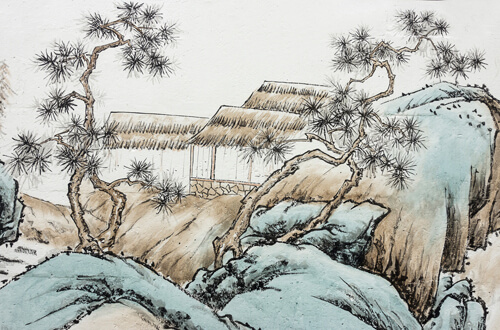 Chinese Painting
Chinese Painting 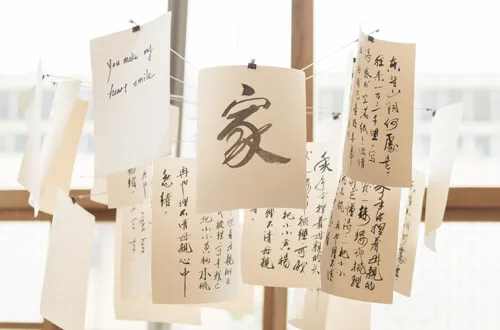 Chinese Calligraphy
Chinese Calligraphy 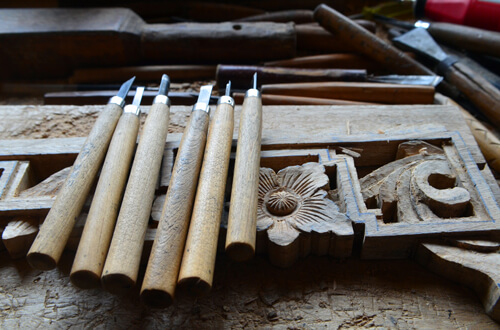 Chinese Woodcarving Art
Chinese Woodcarving Art 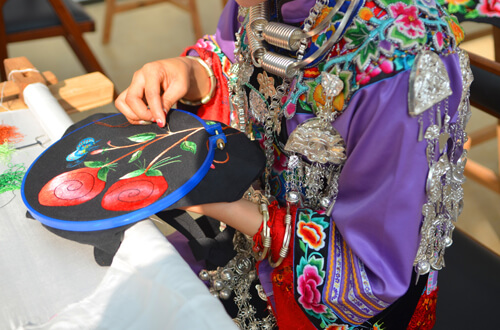 Chinese Embroidery
Chinese Embroidery